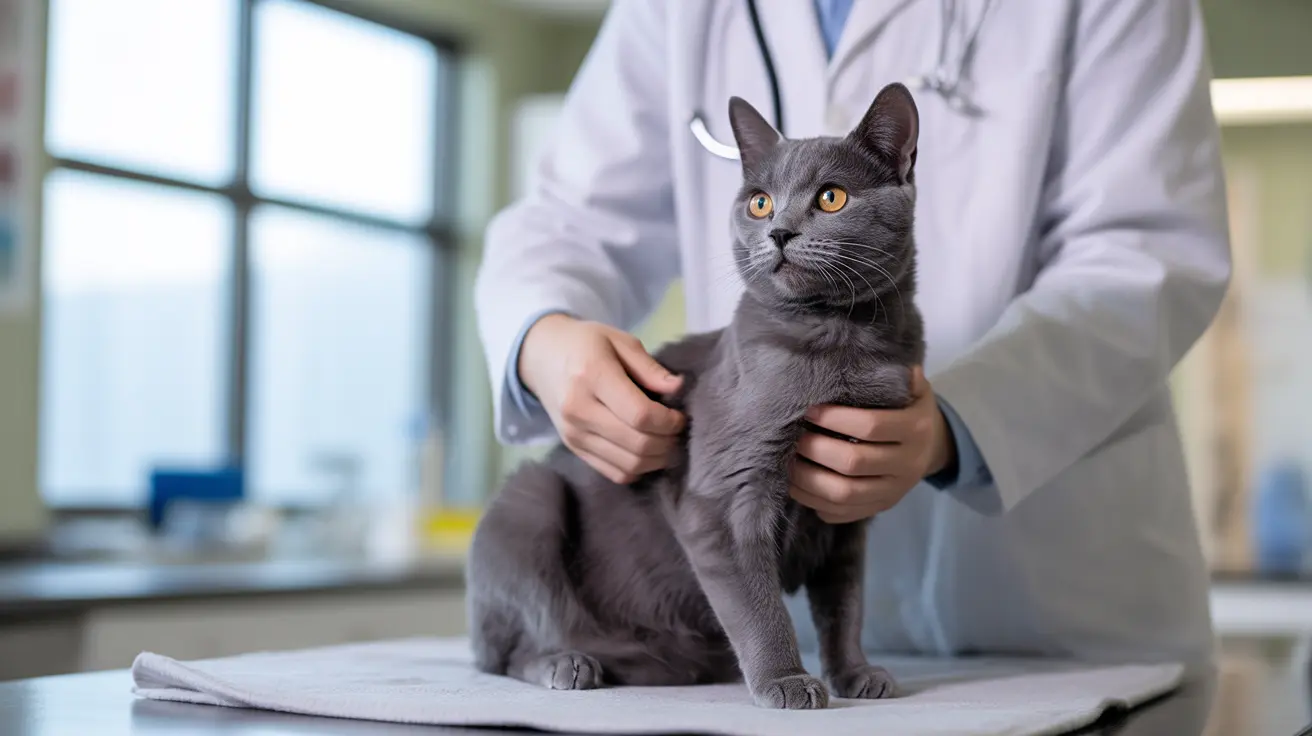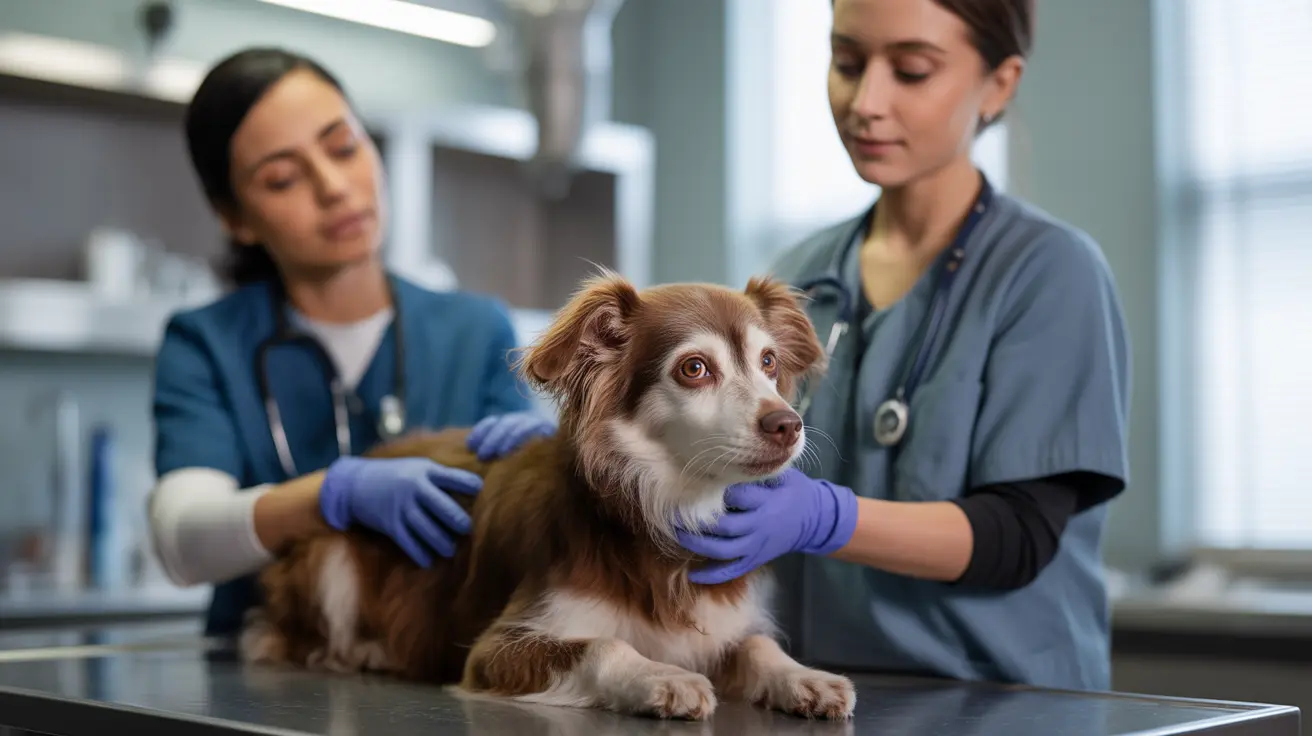The South Carolina Department of Public Health (DPH) has confirmed a troubling case of rabies in cats, with a domestic feline testing positive for the deadly virus in Laurens County. This confirmation has resulted in six people and three animals being identified as having potential exposure to the infected cat, highlighting the critical importance of rabies awareness and prevention for pet owners across the state.
This incident serves as a stark reminder that rabies remains a serious public health concern, particularly for cat owners who may not always prioritize vaccination schedules as diligently as dog owners. Understanding rabies transmission cats face, recognizing early warning signs, and following proper prevention protocols can protect both your feline companions and your family from this fatal disease.
Understanding Rabies in Domestic Animals
Rabies is a viral infection that attacks the nervous system of mammals, including cats, dogs, and humans. The virus spreads primarily through bites from infected animals, though it can also transmit through scratches or contact with infected saliva entering open wounds or mucous membranes.
In South Carolina, as in most states, wildlife serves as the primary reservoir for rabies, with raccoons, bats, foxes, and skunks being common carriers. Domestic animals become infected when they encounter these wildlife species, making outdoor cats particularly vulnerable to exposure.
Recognizing Cat Rabies Symptoms
Early detection of rabid cat signs can be crucial for preventing further transmission. The cat rabies incubation period typically ranges from one to three months, though it can vary significantly based on factors such as the location of the bite and the amount of virus transmitted.
Pet owners should watch for behavioral changes including unusual aggression, excessive drooling, difficulty swallowing, paralysis, and changes in vocalization. Cats may also display confusion, disorientation, or uncharacteristic friendliness or fearfulness. As the disease progresses, neurological symptoms become more pronounced, including seizures and eventual paralysis.
Rabies Exposure Protocol and Immediate Actions
When potential exposure occurs, following proper rabies exposure protocol is critical for both human and animal safety. If your cat has been bitten by or has fought with an unknown animal, immediately contact your veterinarian and local health authorities.
For humans who may have been exposed, seek medical attention promptly. Rabies post-exposure prophylaxis, when administered quickly after potential exposure, is highly effective at preventing the development of rabies symptoms. Clean any wounds thoroughly with soap and water, apply antiseptic, and document the incident with as much detail as possible.
Cat Rabies Vaccine Requirements and Prevention
The most effective protection against rabies in cats is vaccination. Rabies vaccination requirements vary by state and locality, but in South Carolina, rabies vaccination is mandatory for dogs and strongly recommended for cats. Many municipalities require rabies vaccination for cats as well.
Initial vaccination should occur at 12-16 weeks of age, followed by a booster one year later, then every one to three years depending on the vaccine type used. Even indoor cats should receive rabies vaccination, as bats can enter homes, and cats may accidentally escape outdoors.
Rabies Prevention Cats Need Beyond Vaccination
Comprehensive rabies prevention cats require includes limiting outdoor exposure, especially during dawn and dusk when wildlife is most active. Secure garbage cans, remove food sources that attract wildlife, and avoid feeding stray or feral cats, which increases wildlife interaction around your property.
Keep cats indoors or in secure, screened enclosures when possible. If you allow outdoor access, supervise your cats and bring them inside at night. Spay and neuter programs also help reduce feral cat populations that may serve as disease reservoirs.
Public Health Alert Implications
This rabies public health alert in Laurens County underscores the ongoing risk rabies poses to both pets and humans. Pet owners should remain vigilant about vaccination schedules and report any unusual animal behavior to local authorities.
The cat bite rabies risk extends beyond just bite wounds – any contact with saliva from an infected animal can potentially transmit the virus. This makes prompt veterinary care essential after any altercation between your cat and unknown animals.
Frequently Asked Questions
What are the first signs of rabies in cats?
- Early signs include behavioral changes such as unusual aggression or fearfulness, excessive drooling, difficulty swallowing, and changes in vocalization. Cats may also show confusion, disorientation, or paralysis as the disease progresses.
Can a cat with rabies transmit the virus to humans?
- Yes, rabid cats can transmit rabies to humans through bites, scratches, or contact between infected saliva and open wounds or mucous membranes. This is why any potential exposure requires immediate medical attention.
What should I do if my cat is exposed to a rabid animal?
- Contact your veterinarian and local health authorities immediately. Quarantine your cat according to official guidance, ensure their rabies vaccination is current, and monitor closely for symptoms while following professional medical advice.
How long does it take for rabies symptoms to appear in cats?
- The incubation period typically ranges from one to three months, though it can vary from weeks to over a year depending on factors like bite location and virus amount transmitted.
Is rabies vaccination required for cats in South Carolina?
- While state law mandates rabies vaccination for dogs, requirements for cats vary by municipality. Regardless of legal requirements, veterinarians strongly recommend rabies vaccination for all cats due to the fatal nature of the disease.
Protecting Your Feline Family
The Laurens County rabies case reminds us that prevention remains our strongest defense against this deadly disease. Regular vaccination, responsible pet ownership, and awareness of local wildlife activity can significantly reduce risks for both cats and their human families.
Stay informed about rabies activity in your area, maintain current vaccinations for all pets, and don't hesitate to seek professional guidance when questions arise about potential exposures or prevention strategies.





